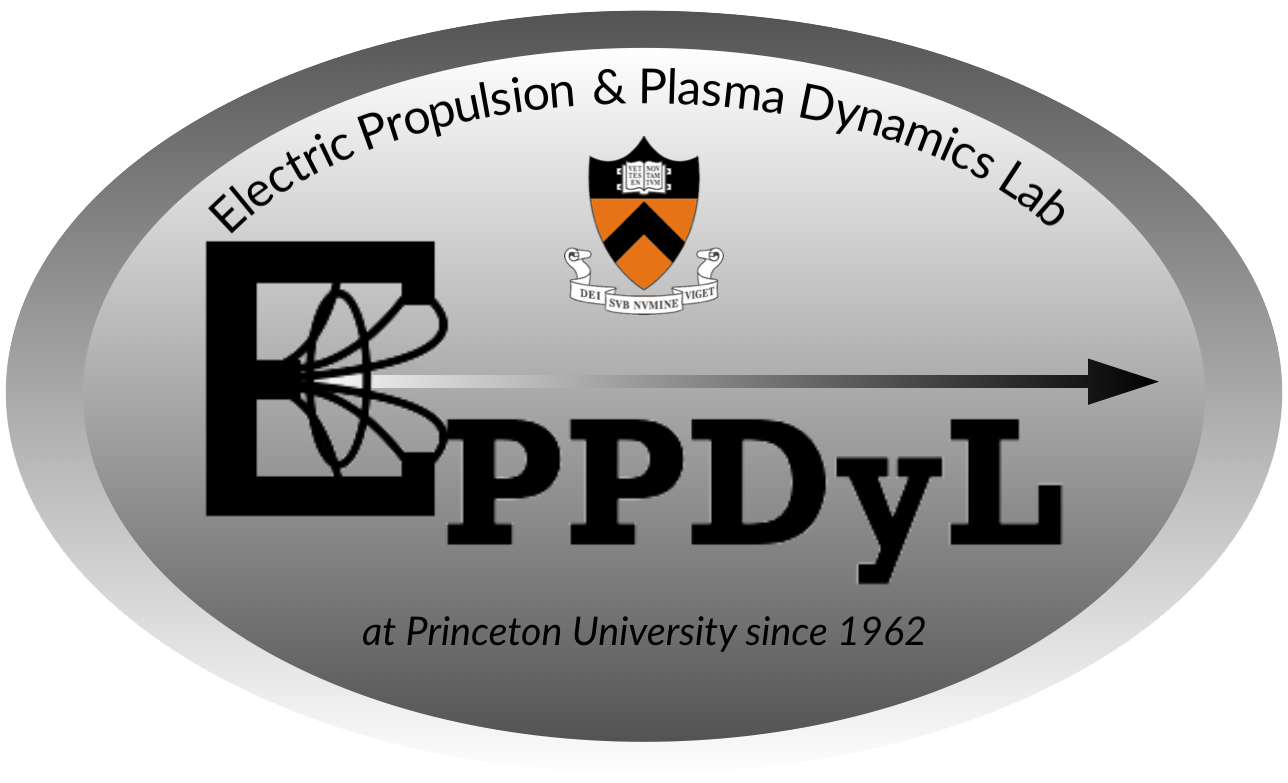An Electric Propulsion Concept Based on Direct Ion Acceleration with Beating Electrostatic Waves
Download
An Electric Propulsion Concept Based on Direct Ion Acceleration with Beating Electrostatic Waves
Abstract
A theoretical and numerical investigation of a novel electric propulsion concept based on direct ion acceleration with beating electrostatic waves (BEW) is conducted, with the goal of demonstrating its validity and feasibility as a potential plasma thruster concept. It is hoped that this acceleration mechanism will form the basis of a new Beating Wave Thruster (BWT) that is electrodeless, efficient, and variable in its operation.
Numerical studies and simulations are conducted for a thermalized ion ensemble in the absence of BEW (the “unperturbed” case) to demonstrate that a rectilinear magnetic slope configuration generates a net linear ion current along the magnetic null. Optimal unperturbed thruster geometries are determined, and benchmark specific impulse and thrust values are calculated. Beating waves are introduced into the Hamiltonian and a thorough investigation of the corresponding “perturbed” case is conducted. Perturbed ion trajectories are elucidated, and a phenomenon referred to as “ion channeling” is demonstrated, in which stochastic ions are preferentially transported away from the thruster walls and towards the magnetic null. The ability of BEW to push ions from trapped orbits into forward-drifting trajectories is demonstrated. Under the right conditions, BEW are shown to increase the number of ions subject to forward-drifting orbits as well as the exit velocity of ions that were already following forward-drifting trajectories prior to BEW propagation. It is postulated that lowering the stochastic acceleration threshold is an effective method of increasing overall thruster performance. Optimal wave parameters are determined from the electrostatic ion cyclotron wave dispersion relation, and numerical simulations are conducted using Monte Carlo methods to determine ensemble behavior in both the single and beating wave cases. BEW is shown to be superior for the chosen wave parameters. Theoretical thrust density and specific impulse values for the BWT are calculated, and shown to be comparable to existing Hall and ion thruster configurations. It is concluded that the Beating Wave Thruster has the potential to be an effective and efficient electric propulsion device, and that subsequent investigation and experimentation related to the BWT is both warranted and encouraged.
